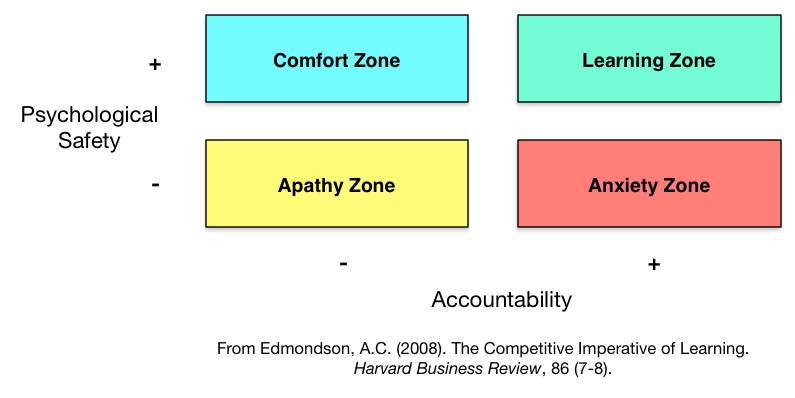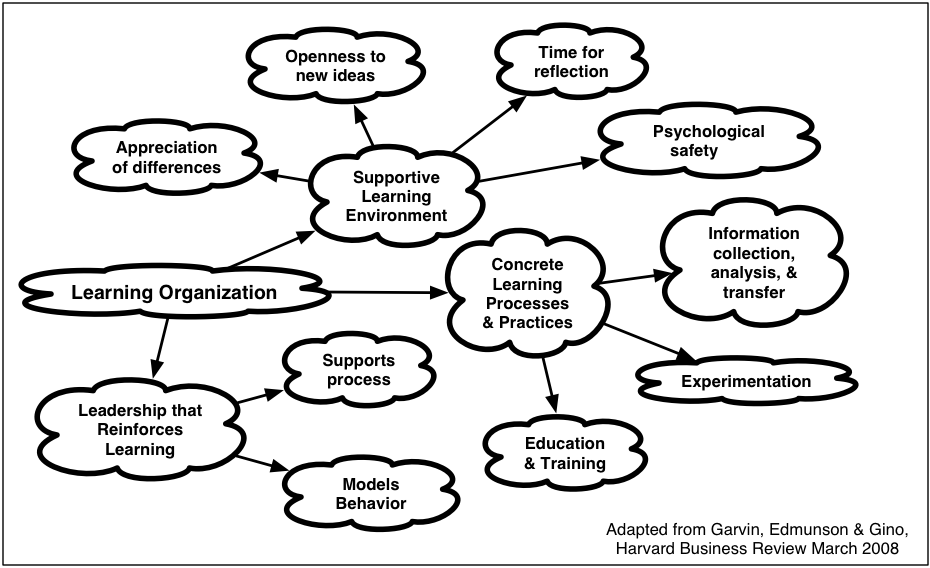 Just what is the Future of Work about? Is it about new technology, or is it about how we work with people? We’re seeing amazing new technologies: collaboration platforms, analytics, and deep learning. We’re also hearing about new work practices such as teams, working (or reflecting) out loud, and more. Which is it? And/or how do they relate?
Just what is the Future of Work about? Is it about new technology, or is it about how we work with people? We’re seeing amazing new technologies: collaboration platforms, analytics, and deep learning. We’re also hearing about new work practices such as teams, working (or reflecting) out loud, and more. Which is it? And/or how do they relate?
It’s very clear technology is changing the way we work. We now work digitally, communicating and collaborating. But there’re more fundamental transitions happening. We’re integrating data across silos, and mining that data for new insights. We can consolidate platforms into single digital environments, facilitating the work. And we’re getting smart systems that do things our brains quite literally can’t, whether it’s complex calculations or reliable rote execution at scale. Plus we have technology-augmented design and prototyping tools that are shortening the time to develop and test ideas. It’s a whole new world.
Similarly, we’re seeing a growing understanding of work practices that lead to new outcomes. We’re finding out that people work better when we create environments that are psychologically safe, when we tap into diversity, when we are open to new ideas, and when we have time for reflection. We find that working in teams, sharing and annotating our work, and developing learning and personal knowledge mastery skills all contribute. And we even have new practices such as agile and design thinking that bring us closer to the actual problem. In short, we’re aligning practices more closely with how we think, work, and learn.
Thus, either could be seen as ‘the Future of Work’. Which is it? Is there a reconciliation? There’s a useful way to think about it that answers the question. What if we do either without the other?
If we use the new technologies in old ways, we’ll get incremental improvements. Command and control, silos, and transaction-based management can be supported, and even improved, but will still limit the possibilities. We can track closer. But we’re not going to be fundamentally transformative.
On the other hand, if we change the work practices, creating an environment where trust allows both safety and accountability, we can get improvements whether we use technology or not. People have the capability to work together using old technology. You won’t get the benefits of some of the improvements, but you’ll get a fundamentally different level of engagement and outcomes than with an old approach.
Together, of course, is where we really want to be. Technology can have a transformative amplification to those practices. Together, as they say, the whole is greater than the some of the parts.
I’ve argued that using new technologies like virtual reality and adaptive learning only make sense after you first implement good design (otherwise you’re putting lipstick on a pig, as the saying goes). The same is true here. Implementing radical new technologies on top of old practices that don’t reflect what we know about people, is a recipe for stagnation. Thus, to me, the Future of Work starts with practices that align with how we think, work, and learn, and are augmented with technology, not the other way around. Does that make sense to you?


